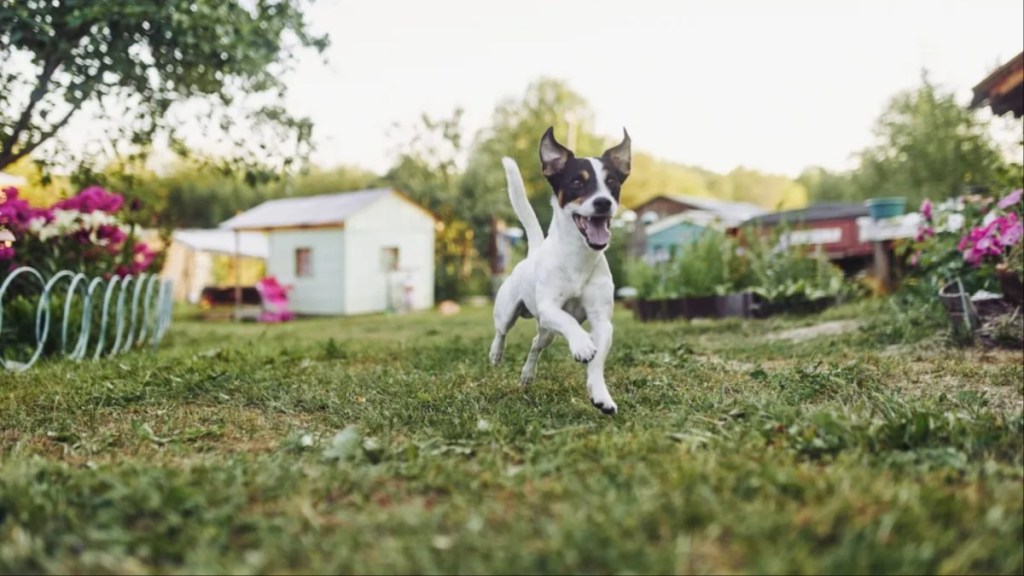Have you ever witnessed the exhilarating behavior of your energetic puppy or young dog darting around in a frenzy, also known as having the zoomies? These spontaneous bursts of frenetic energy, where dogs race around with boundless enthusiasm, are a common phenomenon among our canine companions. However, many pet parents wonder why dogs get zoomies. Let’s explore the possible causes.
What are dog zoomies, and why do dogs run around in circles?
Veterinarians and dog behavior experts offer several theories about the phenomenon of zoomies in dogs. One common explanation for zoomies is that they are the result of excitement from sudden stimulation. This excitement can range from seeing their owner return home to spotting a squirrel outside. Additionally, after being cooped up indoors, dogs may release pent-up energy through zooming once they finally get outside.
Another trigger for zoomies is playtime. Dogs often engage in these energetic moments during or after play sessions with other dogs or humans. The buildup of excitement during play can culminate in a bout of zoomies as dogs burn off leftover energy.
Younger dogs, particularly energetic puppies, and adolescents under two years old, are most prone to experiencing zoomies due to their naturally high energy levels and limited impulse control. However, as dogs age, they typically zoom less frequently as they mellow out.
In addition, some behaviorists believe that zooming serves as a stress-release mechanism for dogs. Dogs may get zoomies after tense encounters with other animals or when navigating new environments.
Finally, the joy of running may be a significant factor in triggering zoomies. Most zooming episodes occur outdoors, suggesting that dogs may simply enjoy the sensation of sprinting at full speed. This behavior may tap into their innate instincts to chase prey, reflecting a natural desire for canines to engage in running for the sheer joy of it.
Why do dogs get zoomies after baths and getting wet?
Bath time can trigger anxiety in dogs, especially those who aren’t fond of getting wet. Even the mere mention of a bath can stress some canines out.
As a result, dogs often exhibit the intense burst of energy known as the zoomies. This frenzy of activity, driven by a mixture of nervousness and excitement, manifests as vigorous running and rolling.
Dogs, with their heightened sense of smell, may find their post-bath scent unpleasant and therefore seek to rid themselves of it by sprinting around and rolling in familiar scents like dirt and grass.
Drying off also plays a role, as dogs shake vigorously and may engage in behaviors like rolling on furniture to speed up the process.
Thus, bath zoomies can lead to messy floors. However, the behavior is a natural expression of happiness and can be managed by confining the dog to a safe area until they calm down.
Why do dogs get zoomies after pooping and peeing?
Dogs thrive on positive reinforcement and aim to please their owners. During potty training, we celebrate when pets eliminate outdoors, reinforcing this behavior. Dogs recall actions that garner praise, seeking to repeat them to make us happy.
So, your dog’s exuberant post-poop celebration may stem from these early training days. Additionally, defecating provides relief and a sense of freedom, leading to joyful “victory zoomies.”
Why do dogs get zoomies after walks and playing outside?
Zoomies serve as a release for pent-up energy in dogs. Emotions like stress or excitement can trigger these moments, and engaging in extra activity provides an outlet. Therefore, simply venturing outdoors can overstimulate a dog’s mind, leading to hyperactivity even after exercise. Additionally, it might also be an expression of delight in newfound freedom after being confined.









